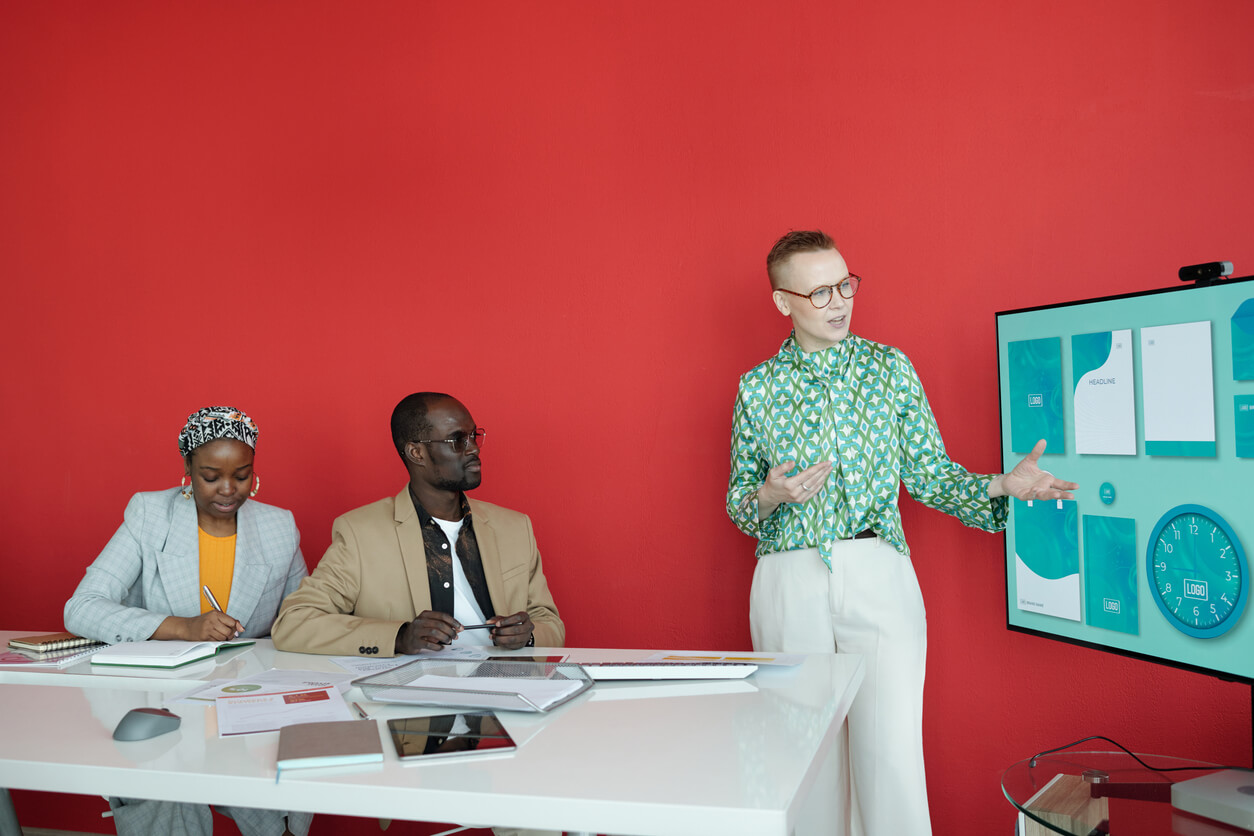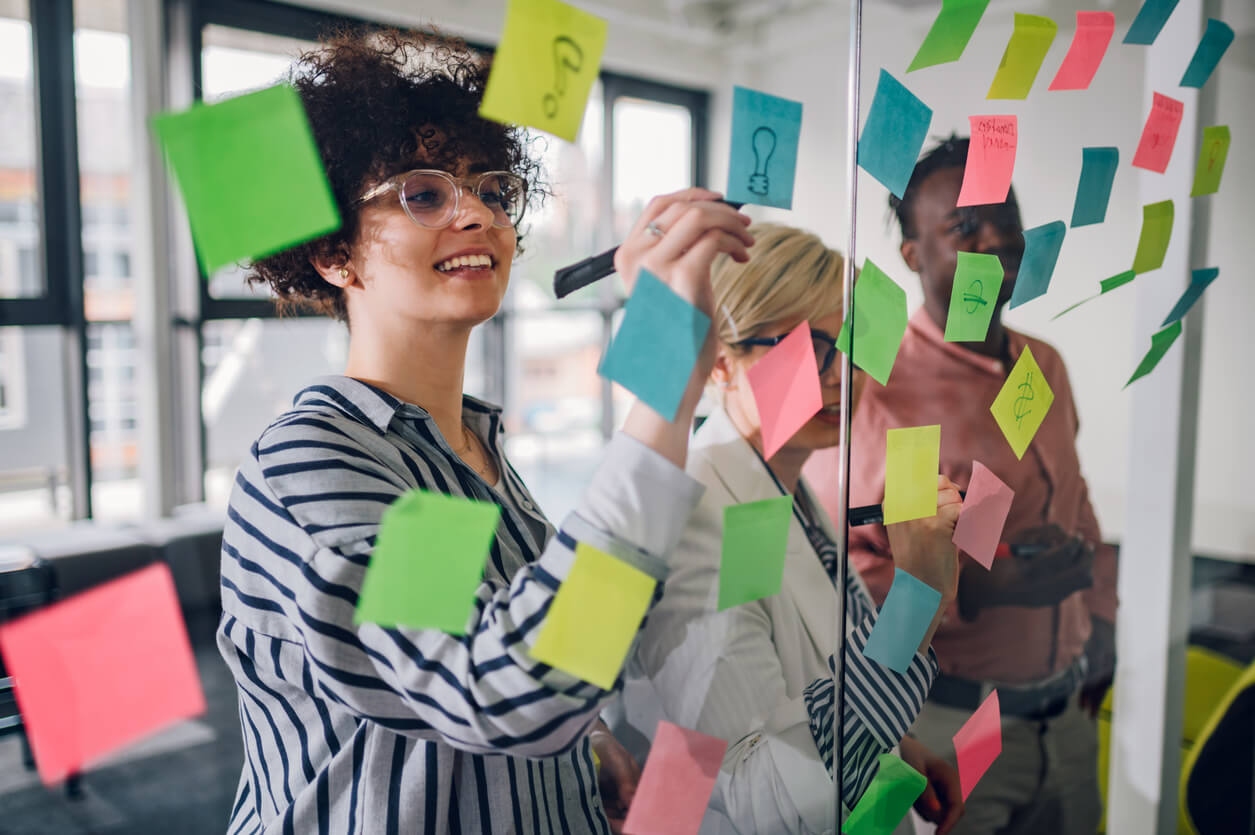What is Inclusive Design?
Inclusive Design means reflecting an understanding in your design of specific aspects, histories, and lived experiences of individuals and communities with overlapping identities (eg. multi-race woman with a disability). The goal is to pay attention to your assumptions and approach design decisions open to the fact that your brain operates with bias. Yep, we generalize, distort, and delete key information from perception, usually based on past experience. In design and AI contexts, this can get us into trouble. With Inclusive Design we acknowledge that while reaching out to users historically overlooked, left out, or under-prioritized from product development.
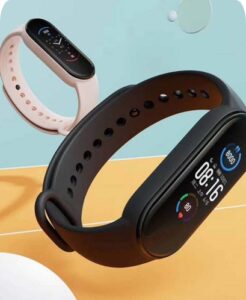
An example: Xiaomi Mi band fitness tracker aimed at the African market. On launching in Tanzania, very few Africans wore the band. Why? The band did not detect darker skin tones. The product was based on a (biased) Chinese ‘average’ (Asian) skin tone.
Inclusive design helps us avoid what product managers would call stupid mistakes that can feel insensitive or devastating to the audience that was left out or misunderstood. The idea is to intentionally include so that you don’t unintentionally exclude.
Doing inclusive design means broadening your capability to understand and represent users and their needs in your design decisions.
What’s different from past UX practices?
The UX profession has for decades operated from a user advocacy mode (“our users need this and this is why”), and this needs to be expanded to include inclusion advocacy and disability advocacy specifically. To do justice to users with disabilities, accessibility needs to be given its own focus. To include beyond disability, inclusion advocacy bridges the need to understand the impacts of ‘double discrimination’ on a user’s needs or situation. Instead of a narrow (often assumed) target user group, Inclusive Design aims to provide accuracy, access, and opportunity to as many people (“extreme users”) as possible, regardless of age, race, gender, sexual orientation, educational level, disability, and more.
In the past, the UX community would observe, interview, and, analyze users. What’s different now is that we include specifically left-out users from the start, throughout, and at the end of the product or service delivery lifecycle. This brings a harm-reducing,
The process and practice updates that Inclusive Design brings mean embedding it into everything you do, in short: UX management– and your UX maturity model. Quick definitions:
UX Management: How well you are able to repeat the success of your UX while gaining maximum ROI from the methodology, including managing teams and a UX roadmap. The data shows that Inclusive Design requires inclusive leadership, diverse teams and regular participation and contact with users, especially from marginalized communities.
UX Maturity model: A model for understanding progression along a continuum of organizational growth and responsiveness to UX, and the benefits of UX management. Inclusive teams, leadership and design practices and process are necessary to move organizations to handle greater complexity.
It starts with recruiting and ends with marketing
The first place exclusion typically visibly occurs is at the recruiting stage. Before that, it occurs in business models or proposed value propositions. Many organizations skip user research or do it informally or occasionally. That alone is a big problem. However, organizations that do usability testing with users and conduct field studies to understand expectations, behaviors, and context of use, can fail to include diverse users. Recruiting introduces potential bias over efforts to gather user insights. For example, filter by the income of your target audience (not including people below a certain income level), and you have just excluded other categories such as race, disability, gender, and education level. All of those categories are correlated to exclusion. So it’s important to recruit users of various household income levels in your studies. Gender is another filter, if you only see male/female–you miss out on other genders (eg such as Non-gender conforming folks). As a result, we need more diverse user sample groups and sizes.
Users need to be included throughout the design process. Unique groups you want to ensure are represented in the product or service experience require their own research sample. eg. Don’t include one disabled user in your tiny sample of five users and expect to check the disability box. All of your users in that study should have disabilities. Better, you can recruit intersectionally: eg race + disability. As you design your product, make sure user research involves users throughout the design process (early on, at the wireframe stage, and as the product-service shapes up). Finally, the marketing of the product-service requires inclusive messaging and representation.
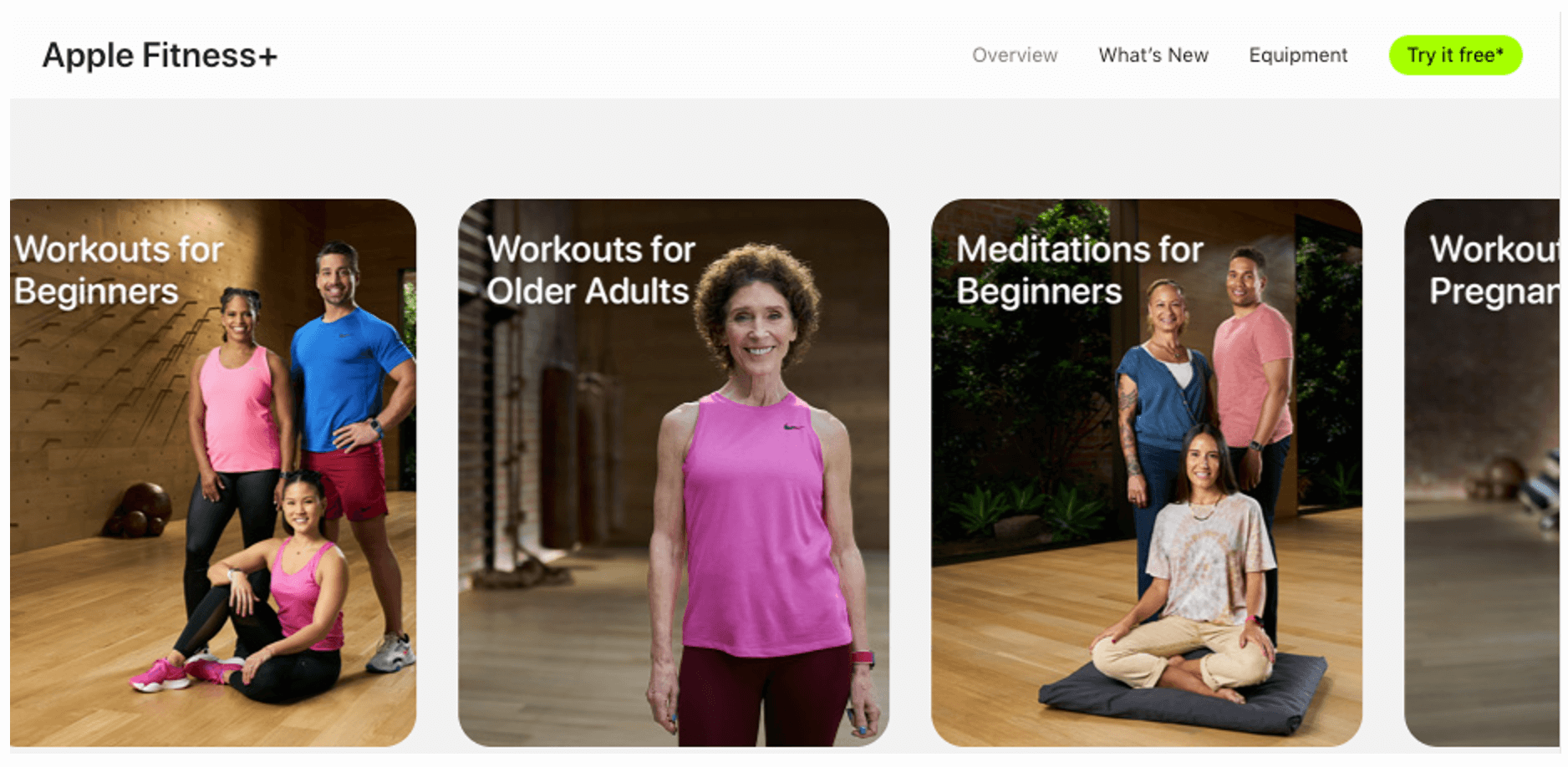
An example: Apple Fitness+; an add-on service to the Apple Watch. Apple’s work-out content caters to various types of users not generally included in workout content, such as Peleton (an Apple Watch app providing similar content), which has a bias toward “20-40 yr olds who can do complex workouts” as an older adult in our UX Inner Circle “This is Ethnography Doing” workshop hands-on Apple Watch field study told us.
Why is Inclusive Design important?
Inclusive Design is a critical priority going forward. Inclusion is not a fad, it just was not given priority until now. As society changes, design practices must too. The UX community and practitioners of Human-centered design, as well as major technology leaders like Google, Microsoft, Apple, and others, are trying to respond to societal changes. As society seeks to right the wrongs of past/present discrimination, bias, and injustice affecting access, status, or recognition, so must designers. As designers, we must not amplify exclusion, discrimination, and bias. Instead, we embrace the opportunities to be found in inclusive design efforts. This also means correcting injustice, imbalance, underrepresentation, misrepresentation, and insulting, unsafe, or offensive user experiences.
In addition, the major societal call to action since George Floyd’s murder and others has been to tackle product bias, harm, and discrimination aka racism, sexism, homophobia, and more. Moreover, corporations and organizations have started to step up their commitment to eradicating exclusion and underrepresentation of left-out user groups in UX design and product management.
Inclusive design: new priority in UX work
Though accessibility has always been on the radar of UX work, it is now considered a high priority in business and government. However, Inclusive Design includes more than disability. It is unwise to address users with the needs of one of their lived experiences eg disability. Why? Double discrimination occurs when you add race+disability or race+class+disability+gender. As users live intersectionally, designers and researchers must too.
It’s time to update what is important to UX: Lift all boats! Replace exclusion with the inclusion of users, especially from underrepresented communities (Black, Brown, Asian, LGBTQ+, gender, age, disability, socio-economic status, and more). Do more user research to understand harm, safety, and the lived experiences of your community and their journey. Recruit more users from intersectional backgrounds. Get everyone thinking about how to make products and services more inclusive. Build inclusive design goals into your internal prioritization and incentivization (KPI’s; OKR’s).
Inclusive Design is the right thing to do, and like employee JEDI efforts (Justice, Equity, Diversity, and Inclusion), has a beneficial ROI:
- A study found that inclusive companies are 1.7 times more likely to be innovation leaders in their field. (Deloitte)
- Diverse companies are as much as 35% more likely to outperform their competitors. (McKinsey Study)
- Inclusive teams outperform their peers by 80% in team-based assessments. (Deloitte Australia study)
Inclusive Design celebrates universal access by deliberately adjusting and adapting to the needs of underrepresented communities and users. However, to do inclusion right, it needs to be default in your design and development process. It needs to be automatic and not a sideline effort or something the DEI or Marketing team handles or champions.
Check out the Inclusive Design Workshop: Building inclusion in as your default
In this workshop, Frank Spillers will cover the following topics:
- Why Inclusive Design? Establishing the business case.
- How to conduct an Inclusive Design audit.
- How and why to reach underrepresented user groups: people of color, women, disability, LGBTQ+, aging, socio-economic status and more.
- Accessibility and Universal Access: principles and lessons from AA to AAA.
- Designing for user values with value-sensitive design & ethically aligned design.
- Inclusion in UX Design core tasks & activities.
- Leveraging Participatory Design for stakeholder inclusion.
- Reworking product and service development and design process.
About UX Inner Circle Workshops:
These workshops are live events with an informal presentation by Frank Spillers and group activities and discussions, with a more hands-on experience to learning the material presented. Online workshops are included as part of your UX Inner Circle membership. They allow a deep study of UX topics, with insights drawn from process best practices and case studies from Frank Spillers two decades in the field.
Why Join?
The UX Inner Circle is a professional learning community with a program of monthly events for UX researchers and designers, managers, and directors practicing UX and Service Design. We are a small group of currently 50 UX and Service Designers, Directors, and Researchers currently 100% working in UX. Attendees come from orgs like Harvard, Google, IBM, Accenture, Deloitte, Capital One, US Bank, healthcare, government, and non-profits. So why join?
- Refine or expand your current skills– push the boundaries of your learning.
- Get advice and guidance: Put a top-performing UX expert (Frank Spillers, CEO of award-winning UX firm Experience Dynamics and top instructor at Interaction Design Foundation) in your pocket. Stay connected with the latest on what Frank is thinking and prioritizing in UX and Service Design.
- Ask anything to other UXIC colleagues on a dedicated private Slack channel. Also, collaborate during monthly meet-ups (Masterclasses).
- Get a promotion at work or upgrade your skills, portfolio, or process knowledge. This is the #1 reason folks keep subscribing to the UX Inner Circle.
Ready to Join the UXIC?
30- Day Free Trial (billing starts month 2)
Membership includes access to ALL monthly event recordings and more (going back 20 years of Frank’s UX career). 150+ recordings. Monthly live meet-ups (Masterclass topics) and workshops (every other month). Miniclasses (short webinars) and access to longer webinars Frank provides with his UX firm Experience Dynamics.
Financial inclusiveness membership: USD$49 per month for Nonprofit-Student- or you live in the Global South/ Emerging Market (.org; .edu)
Regular membership: USD$99 Individual per month
20% discount on Annual Price; switch anytime, cancel anytime.
***THIS EVENT IS FREE WITH UX INNER CIRCLE MEMBERSHIP***



